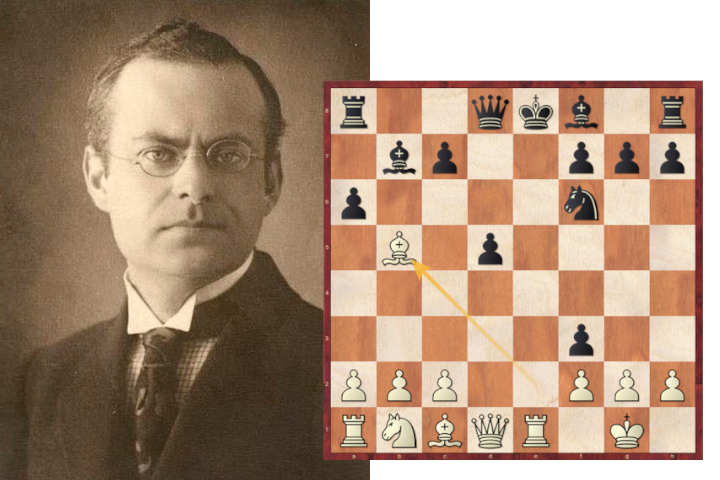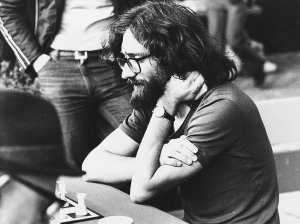


[Note that Jon Speelman also looks at the content of the article in video format, here embedded at the end of the article.]
This morning (Thursday) I was lying on the bed after a bath, stroking our beautiful black cat Zora (we also have a tabby Ginny) and wondering what to write here this week. I consulted Zora, but you’ll be astounded to hear that she didn’t answer directly, though I did consider a segue to “Black is OK!” just weeks after the sad news of Andras Adorjan’s death.
Instead, I finally decided on the double check, sometimes characterised as the “Atomic Bomb” of the chessboard, though today I suppose it should be the “Hydrogen Bomb”.
 The power of the double check is that, because they come from two different lines, these can’t be blocked simultaneously by a single move and therefore the king has to retreat. If there is no retreat square available, then it may be checkmate out of a clear sky — and even if there is, the duress the king is under can often lead to checkmate shortly afterwards.
The power of the double check is that, because they come from two different lines, these can’t be blocked simultaneously by a single move and therefore the king has to retreat. If there is no retreat square available, then it may be checkmate out of a clear sky — and even if there is, the duress the king is under can often lead to checkmate shortly afterwards.
I’ve got a number of examples of both of these, and then some more esoteric ones. Although double check is normally immensely strong, it isn’t invariably so, and can even be met by an enemy king move which gives checkmate itself in extreme circumstances. An idea I think of Jonathan Mestel’s (pictured).
Double check is all well and good, and you can’t check from three pieces using normal chess rules. But if you use the fairy piece known as nightrider which moves along “knight lines”, then treble checks become possible, using an en passant capture. You can even have treble check met by checkmate — and we finish with that and then a helpmate of my own, which I’ve used here before and depends on a double check.
The next column will be on July 16th. If you’ve got some other nice examples of double checks which you’d like me to consider using, then please either send them via the editorial address given or direct to me at jonathan@jspeelman.co.uk.
Select an entry from the list to switch between games
| Advertising |